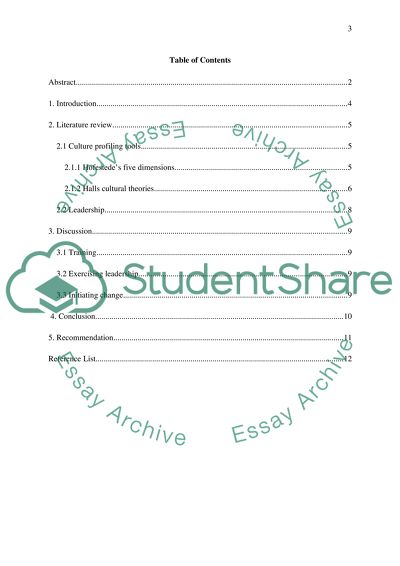Cite this document
(Cultural Profiling Tools for Global Business Leaders Research Paper, n.d.)
Cultural Profiling Tools for Global Business Leaders Research Paper. Retrieved from https://studentshare.org/human-resources/1673210-cultural-profiling-tools-for-global-business-leaders-2281
Cultural Profiling Tools for Global Business Leaders Research Paper. Retrieved from https://studentshare.org/human-resources/1673210-cultural-profiling-tools-for-global-business-leaders-2281
(Cultural Profiling Tools for Global Business Leaders Research Paper)
Cultural Profiling Tools for Global Business Leaders Research Paper. https://studentshare.org/human-resources/1673210-cultural-profiling-tools-for-global-business-leaders-2281.
Cultural Profiling Tools for Global Business Leaders Research Paper. https://studentshare.org/human-resources/1673210-cultural-profiling-tools-for-global-business-leaders-2281.
“Cultural Profiling Tools for Global Business Leaders Research Paper”, n.d. https://studentshare.org/human-resources/1673210-cultural-profiling-tools-for-global-business-leaders-2281.


